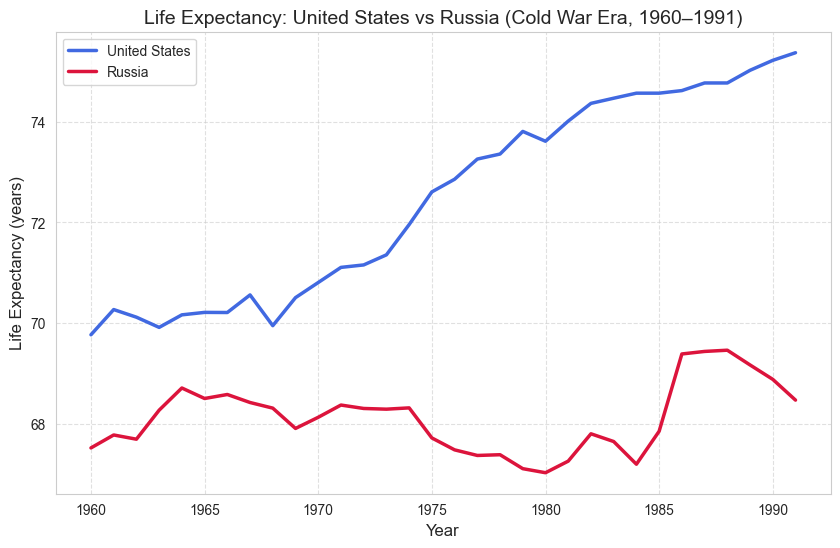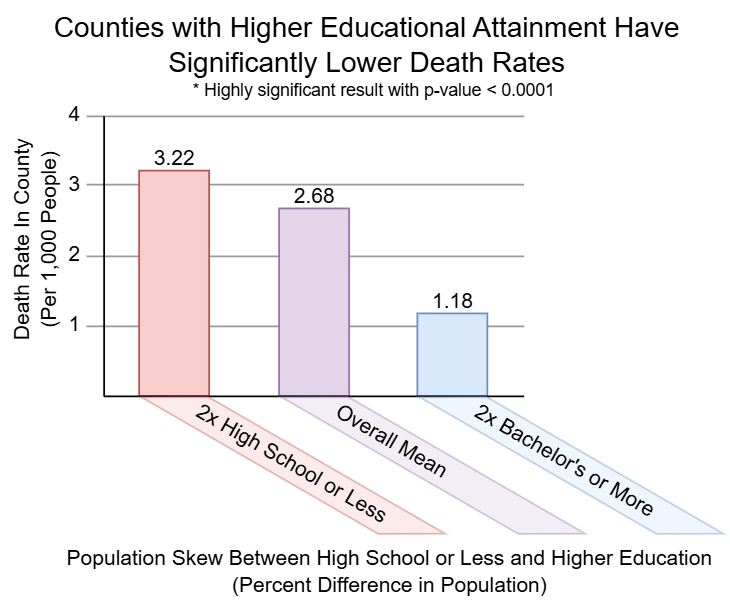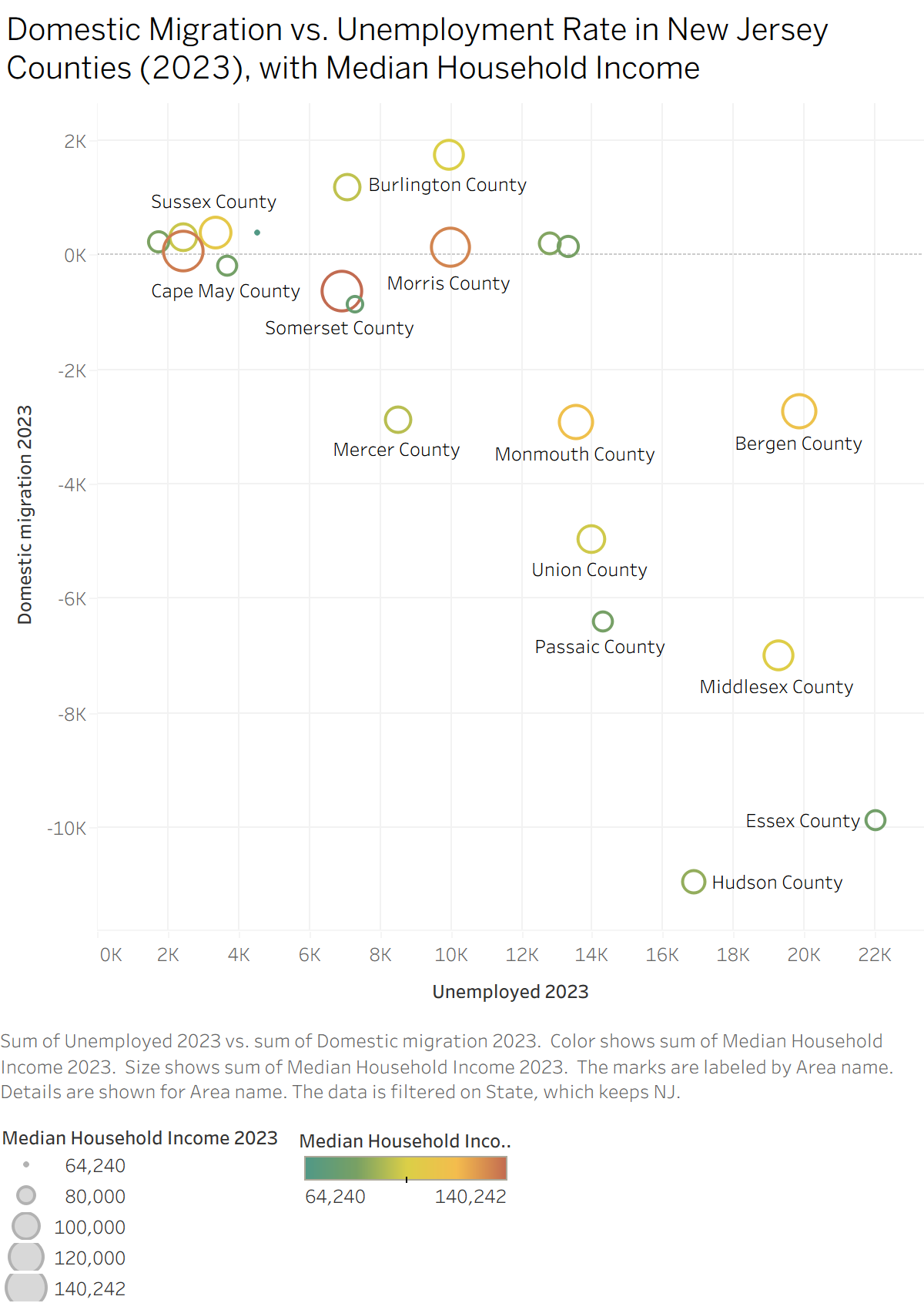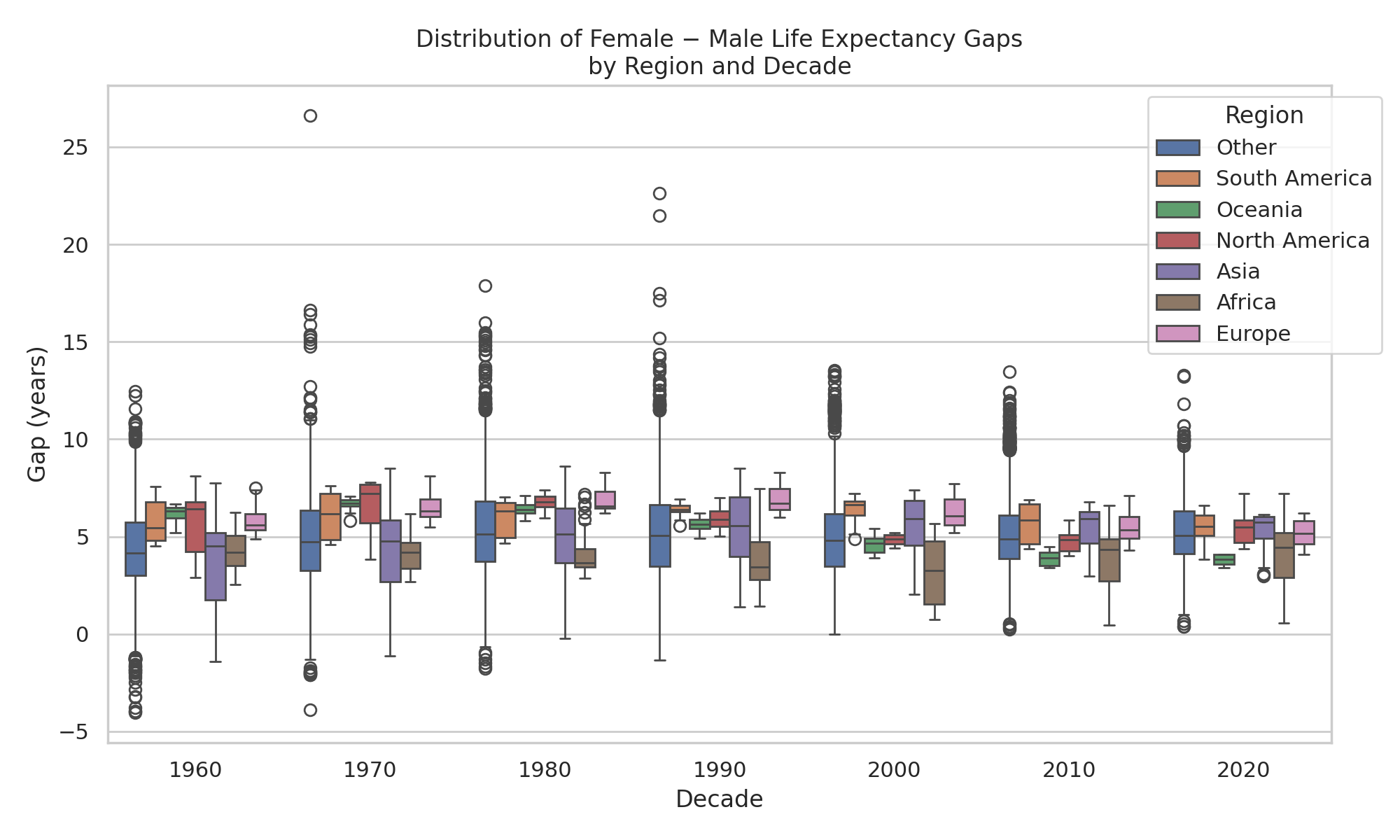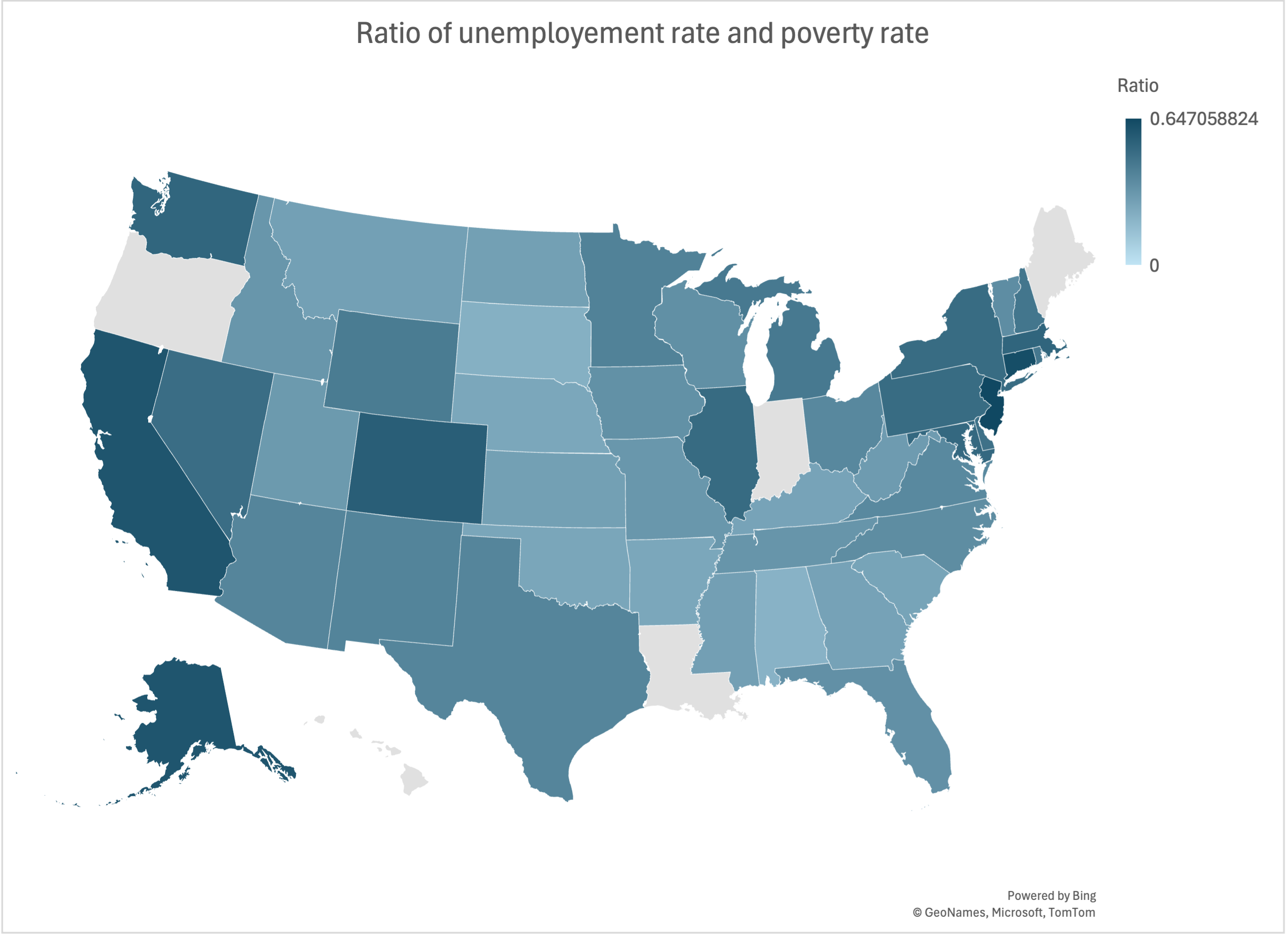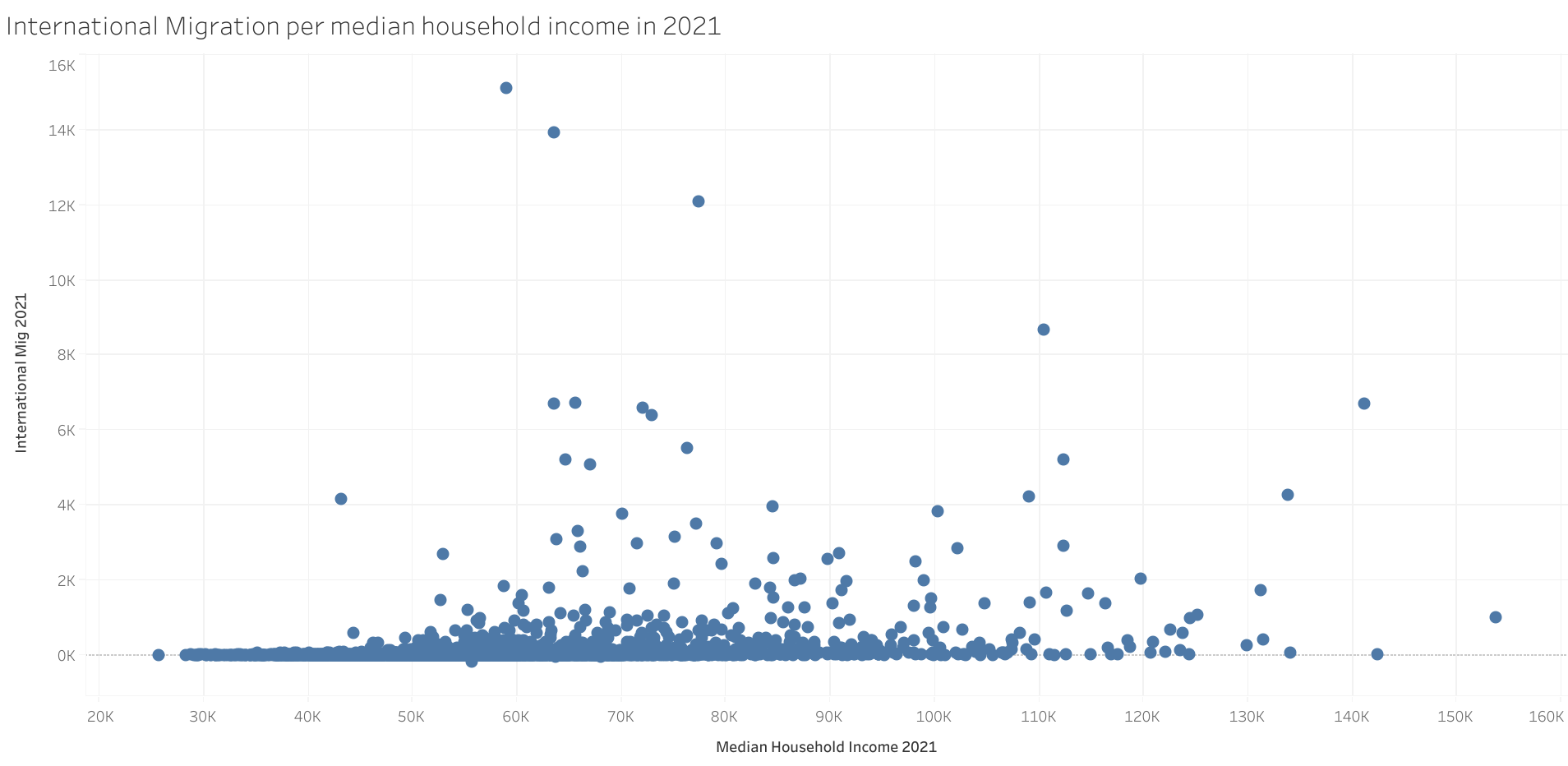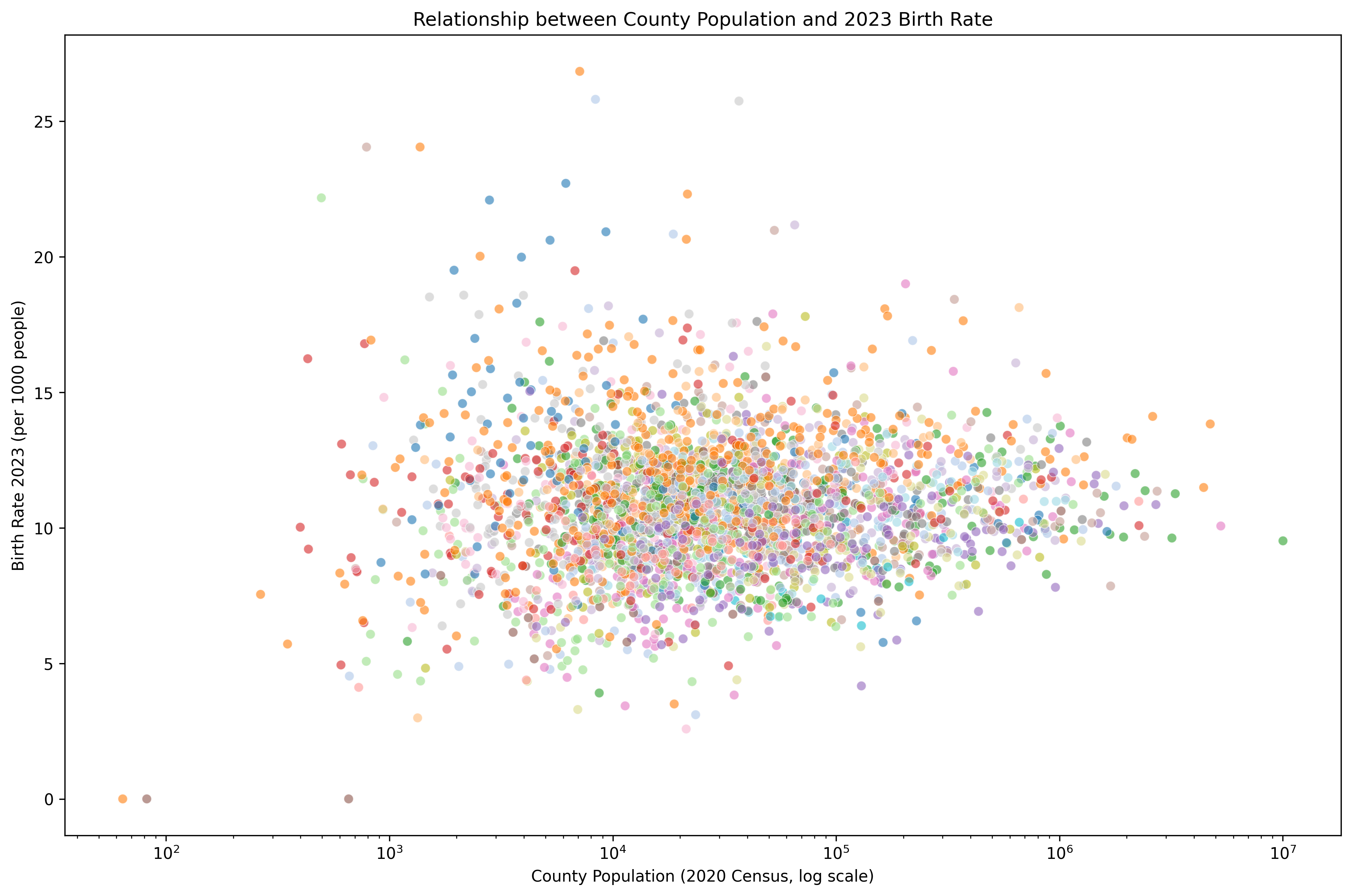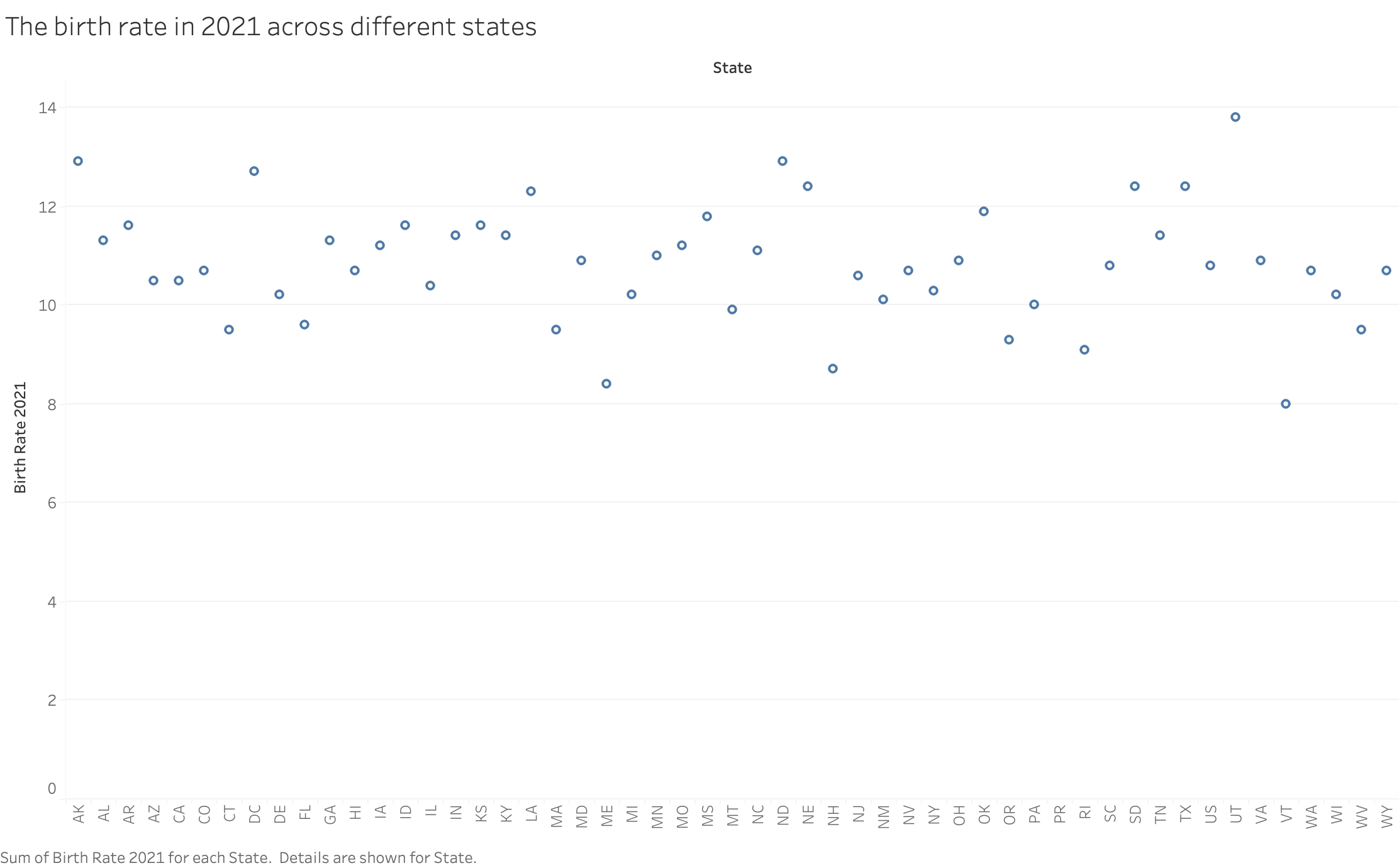Module 3 Rubric
As with Module 2, we’re providing a breakdown of our grading rubric for each assignment. This time, we also provide some examples for DE 3-2 - some from this assignment, some from previous years - along with the points they earn on the rubric. Ideally, this will clarify our intent with our grading scheme.
Design Exercise 3-1
90: (at least) meets our expectations for A level work on this assignment (i.e., above average for a graduate student)
- +1-2: Bonus points for novel designs, attention to detail, “good” charts, and subjective impression
Each section was graded separately, with criteria determined by the requirements of that section.
Part A:
- -1 for each chart that is not the correct chart type
- -1 for each invalid chart
- -1 for each insufficient explanation
Parts B and C:
- -1: First chart is not reasonable
- -1: Second chart is not reasonable, or is the same chart type as the first
- -1: Not providing sufficient explanation
Design Exercise 3-2
Due to the exploratory nature of these assignments, even your ‘refined’ vis from parts B and D are graded more leniently than work submitted as a “final” chart (as in 4-2). The charts that get extra points here meet our A-level expectation for a polished vis.
Even if you are satisfied with your grade, you will probably benefit from taking the time to look through these examples and evaluate them yourself.
90: (at least) meets our expectations for A level work on this assignment (i.e., above average for a graduate student)
- +1-4: Bonus points for novel designs, attention to detail, and subjective impression
Each section was graded separately, with criteria determined by the requirements of that section.
Parts A and C:
- -1: Not addressing the question asked
- -1: Not providing sufficient explanation
Parts B and D:
- -1: Question is not multivariate
- -1: No progression between vis
- -1: Second vis does not address the question
- -1-2: Not providing sufficient explanation
Part E:
- -1: Questions do not meet our expectation for graduate level work
Further points were deducted for each question where the expected question-rationale pair was not completed.
Examples
The below are ‘graded’ as if they were a second/final visualization for parts B/D (which receive the strictest grading in Module 3). These charts were not necessarily created for that part of the assignment (or for this assignment at all!), so this does not necessarily indicate the actual points assigned to the vis. (The TA collected these examples before looking at the full submissions with context.) If the goal is to make a rough draft or a sanity check, even “Bad” charts can be good for the task and can earn good scores.
Included are some examples without explanation - thinking about why we gave them this score, and about what score you might assign, is (we think) a good way to practice thoughtful critique.
Seek and Find 3
90: (at least) meets our expectations for A level work on this assignment
+1-2: Somewhat subjective bonus points
-1-2: Meets our expectations; does not go further
Content Survey 3
90: (at least) meets our expectations for A level work on this assignment
-1-3: Lack of detail, or did not address the full question
+1-2: Bonus points awarded for precision, detail, and/or subjective impression
